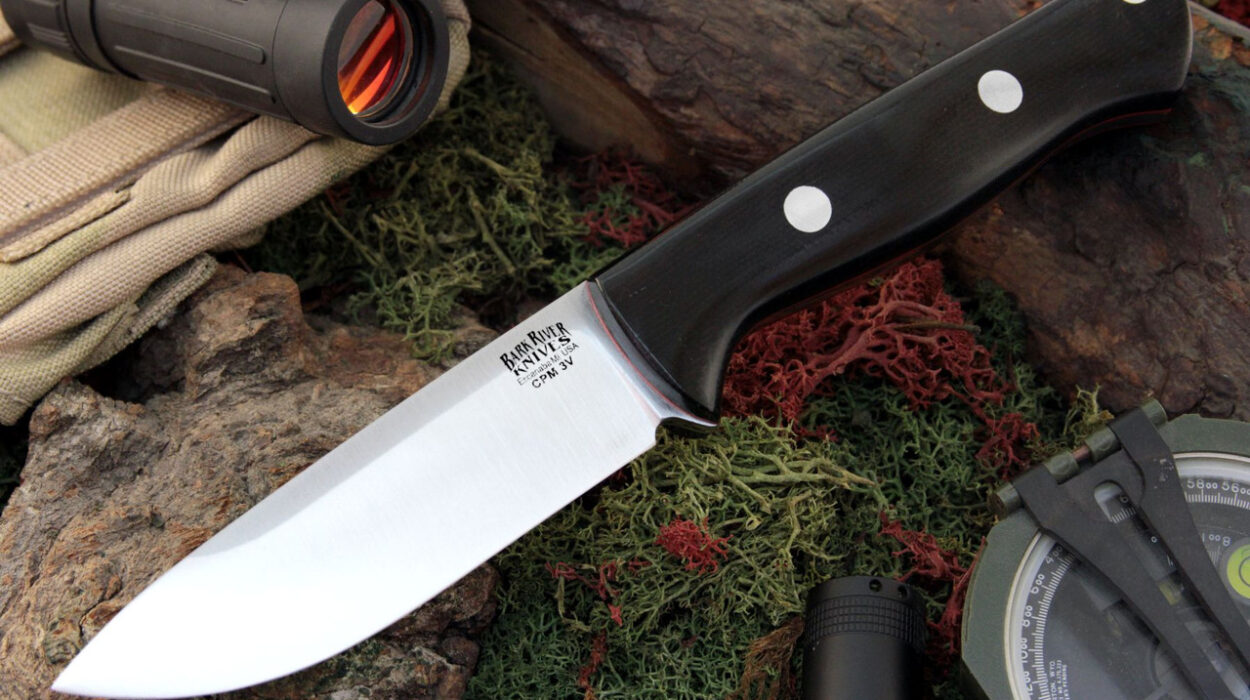When it comes to choosing the right knife, understanding the differences between a fixed blade knife and an automatic knife is crucial, especially for kitchen professionals. Each type of knife offers unique advantages and potential drawbacks. In this article, we’ll dive deep into the characteristics of both, helping you make an informed decision that suits your specific needs.

Understanding Fixed Blade Knives
Fixed blade knives are knives with a blade that is permanently fixed into the handle. They are known for their strength and reliability, often favored in situations where durability and stability are paramount. These knives do not fold, making them a popular choice for heavy-duty tasks.
Advantages of Fixed Blade Knives
- Strength and Durability: The construction of fixed blade knives allows them to withstand significant force and pressure without breaking or bending.
- Ease of Maintenance: With no moving parts, fixed blade knives are generally easier to clean and maintain.
- Variety of Uses: These knives are versatile, suitable for tasks ranging from chopping vegetables to more demanding outdoor activities.
Disadvantages of Fixed Blade Knives
- Portability: Due to their larger size and inability to fold, fixed blade knives can be less convenient to carry around.
- Storage: They require more space for storage, which might be a concern in kitchens with limited space.
Exploring Automatic Knives
Automatic knives, also known as switchblades, feature a blade that springs open with the push of a button. They are designed for quick, one-handed operation, making them highly convenient.
Advantages of Automatic Knives
- Quick Access: The ability to deploy the blade swiftly can be beneficial in situations where time is of the essence.
- Compact Design: Automatic knives are generally more compact and easier to carry due to their folding nature.
- Ease of Use: The one-handed operation is particularly useful for kitchen professionals who may need to multitask.
Disadvantages of Automatic Knives
- Mechanism Complexity: The internal mechanism can sometimes fail, requiring more maintenance and repairs.
- Legal Restrictions: In some areas, the use and ownership of automatic knives are restricted by law.
Choosing the Right Knife for Kitchen Use
The choice between a fixed blade vs. automatic knife ultimately depends on the specific needs of the user. For kitchen professionals, the choice can be influenced by factors such as the types of tasks performed, comfort, and personal preference.
Factors to Consider
- Task Requirements: Consider the primary tasks you will be using the knife for. Heavy-duty cutting might require the robustness of a fixed blade, while quick slicing could benefit from the swift deployment of an automatic knife.
- Comfort and Ergonomics: Ensure the knife feels comfortable in your hand, as this can impact your efficiency and safety.
- Legal Considerations: Check local laws to ensure that owning and using an automatic knife is permissible in your area.
Comparative Analysis: Fixed Blade vs. Automatic
In this section, we’ll conduct a detailed comparison between fixed blade and automatic knives based on usability, safety, and practical applications to help you understand which might be more suitable for kitchen professionals.
Usability
Fixed blade knives are straightforward to use, with no need to engage any mechanisms. On the other hand, automatic knives offer the advantage of quick deployment, which can be particularly useful in fast-paced environments.
Safety
While fixed blade knives eliminate the risk of accidental closure, they require careful handling due to their exposed blade. Automatic knives have safety locks to prevent unintended deployment, but their mechanisms must be regularly checked to ensure proper function.
Applications
Both types of knives have their place in professional kitchens. Fixed blade knives are ideal for tasks that demand precision and strength, such as chopping and slicing large cuts of meat. Automatic knives are excellent for quick, repetitive tasks, offering speed and efficiency.
Conclusion: Finding the Right Fit
Ultimately, the decision between a fixed blade vs. automatic knife comes down to personal preference and specific needs. By understanding the strengths and limitations of each type, kitchen professionals can select the knife that best supports their culinary endeavors.

FAQs
Q: Are fixed blade knives better for heavy-duty tasks?
A: Yes, due to their strong construction, fixed blade knives are typically better suited for heavy-duty tasks.
Q: Can automatic knives be used in professional kitchens?
A: Yes, automatic knives can be used in professional kitchens, especially for tasks that require quick, repetitive actions.
Q: What are the legal considerations for owning an automatic knife?
A: The legality of owning an automatic knife varies by location, so it’s important to check local laws before purchasing.
For more insight into blade options, you might consider reading this detailed guide on fixed blade knives. Additionally, explore various fixed blade options suitable for kitchen use.
This article contains affiliate links. We may earn a commission at no extra cost to you.


